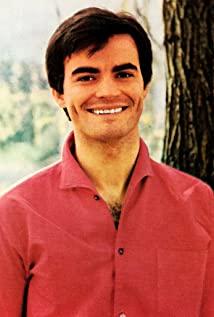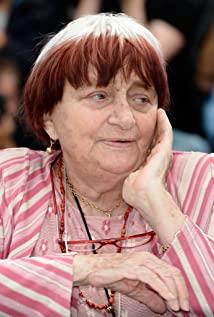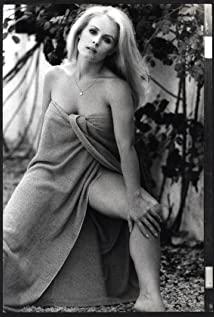1️⃣ Some thoughts as a film department.
The style of the whole film is quite different from Varda's previous work "Cléo de 5 à 7" (1962), the lens scheduling and editing quality have been significantly improved, the overall style is more Godard than the previous work, while continuing the linear narrative while experimental Go up a few steps. There are several innovations in the spirit of the new wave that are worth mentioning:
1. Color fade-in and fade-out transition effects are used in many places instead of traditional fade-to-black or fade-to-white. This usage is the first time to see that the color transition effect between two shots can be analogized to the "Sound bridge" commonly used in hearing.
2. In the last few seconds of the male protagonist's conversation with his lover, the camera focuses on the "bouche d'incendie" sign on the back wall, which is the French "fire hydrant", which is literally translated as "fire-like mouth", alluding to the conversation between the two Get on fire. In addition to this, there are two other places in the film where Varda conveys some semi-diegetic message with a quick montage of street signs. I don't know why this reminds me of Picasso's and Braque's later Synthetic Cubism collages of politically charged newspapers (Break of diegesis, if one can compare a frame of the film to a tableau here) words); this technique is often used in Godard's films, such as "La chinoise" full of political Quotation.
3. It is also the previous scene. The editing and shots of the conversation clips are very eye-catching. Instead of the traditional "180-degree rule" and "Shots and reverse-shots", the camera is placed right on the eyeline. , it is very interesting to have both of them face the camera when they talk. See here for Godard's photography of conversation in Vivre sa vie: I call this film How to film a conversation.
4. The scene where the male protagonist meets his lover's new home for the first time. Varda inserted four or five shots and reverse-shots pairs in 3 seconds like a machine gun, creating a strong tension. There is also a strong emotional place where the male protagonist is crying by the river while holding his dead wife. The director chose not to add any sound effects, but here the effect of silence is better than sound.
----
2️⃣ A few thoughts as an audience:
Regarding the age-old topic of "Qu'est ce-que l'amour, qu'est ce-que le bonheur", Varda used "Le Bonheur" to give another interpretation.
For the male protagonist, love is not exclusive. "Once I fall in love, I don't know how to stop," he said. What makes the audience's sense of morality ambiguous is that, unlike the "scumbag" in the general sense, he is a once-in-a-lifetime "warm scumbag" who keeps his words and deeds consistent with his words and deeds; a strict practitioner of absolute justice and polygamy; he has enough love "Embrace with ten arms" his wife and children, and have enough love to share with his lover.
Can we apply Utilitarian value systems and standards of calculation to the trivial matter of "love"? As John Stuart Mill said, "The thing that maximizes the sum of the common benefits of all is the right thing"; for Émilie, who has not met someone who can fall in love with him for many years, he said "Love can be superimposed." When the male protagonist says "Je t'aime" to two different women, I believe he is sincere. In a simple sense, this is Varda asking the audience, if a person in a marriage can love the second person with all his heart without reducing the feelings and love for the original spouse at the same time, bring the third person (and himself) ) happiness and thereby increasing the sum of the happiness of all, is it just?
In "Le Bonheur", this increase in overall utility is destined to be temporary and fragile, because this idealistic theoretical assumption is based on the premise that "Thérèse does not know about it". When the male protagonist confessed the existence of a third party to Thérèse, he opened Pandora's box and released the terrifying thing "Jalousie". Jealousy like a cancer grows, this dangerous building collapsed in an instant, Thérèse finally expressed his silent protest with his own death (suicide or accident? It doesn't matter.)
How much love is just right? Is the three-person family structure of Ménage-à-trois really possible? How to judge love by morality (Deontology? Utilitarianism?)? Can one really be perfectly replaced by another? A child is ruthless and ruthless, a refined egoist in Utilitarian sheepskin is ruthless, a person who loves too much can be even more ruthless. Varda's insight into society, with "Le Bonheur" raised these profound topics one after another.
View more about Le Bonheur reviews










